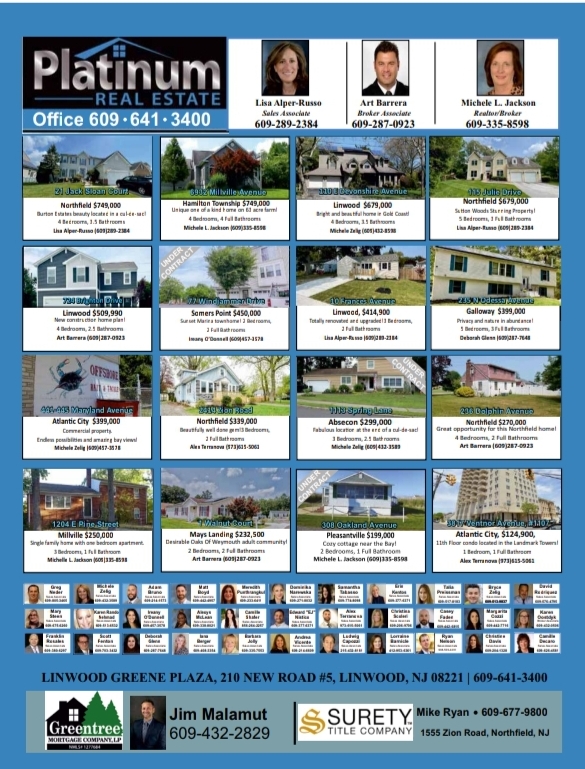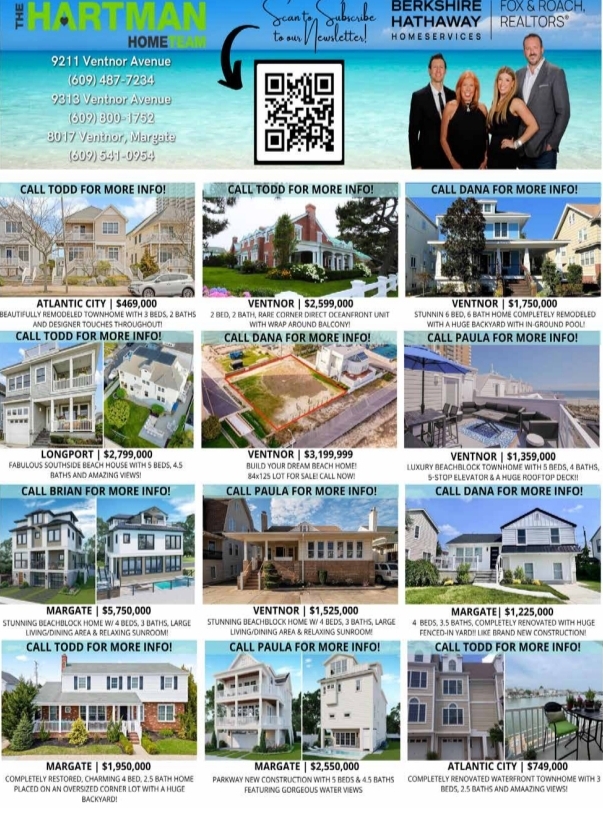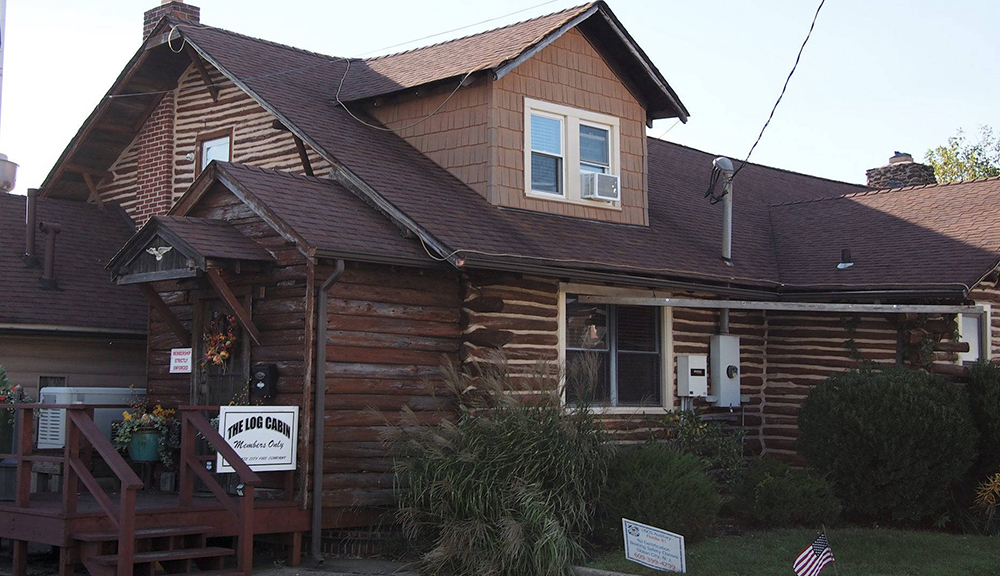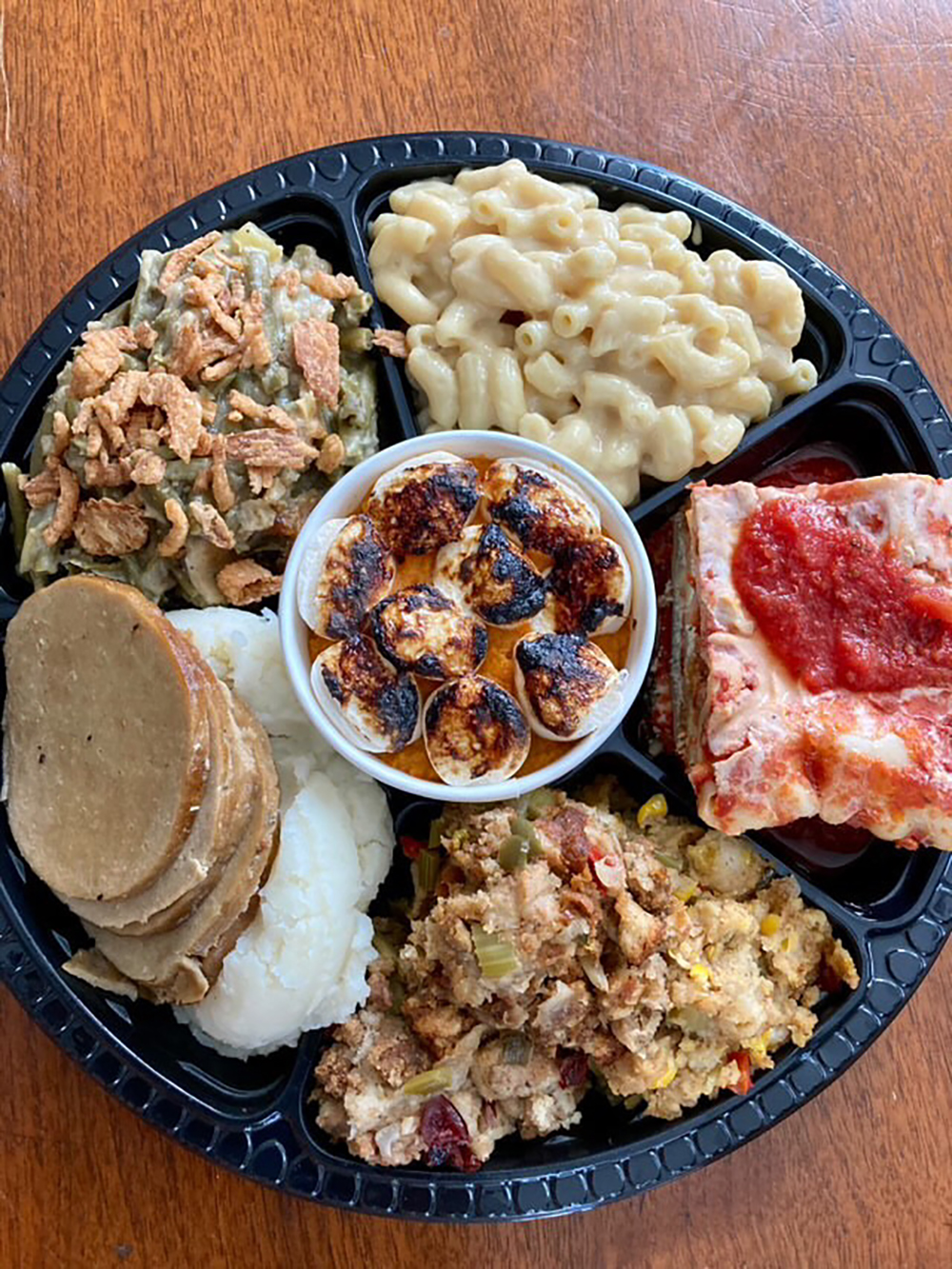Real Estate Matters
By Elisa Jo Eagan
At first glance, multigenerational living arrangements may seem unusual, but they were once the rule, not the exception.
In the mid- to late-19th century, most elderly parents and grandparents lived with their children. By the 20th century, this trend steadily declined, hitting a low of about 12 percent of the population in 1980, as per US Census.
What’s old is new again, however as multigenerational living is a booming home trend. In sheer numbers, 64 million Americans have been living in such homes (which is 20 percent of the country) since 2016 – the most ever in US history, making in-law suites a desirable home renovation in many ways for you, your family, and potential future buyers.
What exactly does multigenerational mean?
It can have a variety of definitions depending on whom you ask, but the US Census defines multigenerational as three or more generations living at a residence. This is usually grandparents, their kids, and their grandkids.
Why people opt for this living arrangement is a bit more complex. Sometimes, an elderly parent is alone and can no longer take care of themselves so they move in with their child’s family for companionship and care.

At other times, it can be a financial choice. For example, cohabitating can be a much more cost-effective option than a nursing home. In addition, more and more twenty and thirty somethings are opting to live with or move back in with their parents to focus on their careers or save money.
The benefits are tangible
Grandparents get to see their grandkids daily and vice versa, leading to more family bonding and possibly for the former, less loneliness and more security. Parents potentially have a live-in babysitter. Finances or chores can be shared. More family members visit who normally wouldn’t.
Multiple generations have multiple needs
Of course, such living conditions often require adjustments, both from the families and to the houses themselves, especially when it comes to creating an in-law suite.
The existing home needs to be renovated or expanded in order to give the new resident(s) adequate space, comfort and privacy while also not disrupting the lives of those currently living there.
What are the most sought-after features?
Having a living room area, bedroom and a private bathroom is a must, and an additional kitchen and a laundry room is important as well in order to offer the feeling of an independent living space.
Providing a private entrance is helpful, too, in addition to some sort of outdoor option such as a porch or deck overlooking the backyard where the grandkids play. These considerations definitely help the person who is going to occupy the space feel like it’s their own. For all of the possible considerations, be sure to consult a professional.
What are the potential obstacles to multi generational living?

For all of the positives of expanding your home, there are also some relatively common obstacles to overcome,
Compliance:
In addition to assuring that your project meets ADA (Americans with Disabilities Act) standards for older Americans, you’ll need to get zoning and variance permission from your city or your township for any in-law suite addition, which can make the desired outcomes tricky.
Seamlessness:
In-law suites are often added to older homes that are 50 years old or more. As you can imagine, making the new addition look like it’s always been there can be challenging, but most builders are up for the challenge.
Who’s the boss?
Probably the most challenging part of an in-law suite project is that there are at least two different sets of opinions: The grandparents, who are usually the ones paying for the new suite, and the children, whose home is being modified.
To prevent problems, keep an open dialog from the start. Sit down and establish ground rules for everything from the outset, from big issues such as finances or boundaries, to small details such as color choices, etc.
Keep your eye on the ROI
And finally, there’s the cost. As you can imagine, an in-law suite project can get rather pricey. Depending on where you live, the size, and the amenities, it can cost $125,000 or more for a typical 500 to 1,000-square-foot addition. That said, you can lower the cost significantly by renovating an existing space, such as a basement or a garage, or by choosing fewer high-end materials for things like flooring.
In addition, if you focus on the long term, you can definitely reap the financial benefits. If you decide to sell someday, your home will be more attractive to buyers because of the added square footage, whether the buyer makes use of the space as part of the home as an in-law suite or even as a rental property.
Granted, multi-generational living isn’t for everyone, and it does require an adjustment period for all involved. However, if you do choose to have such an arrangement, it’s easy to bask in the positives, including more time together as a family, a possible at-home babysitter for parents, money-saving possibilities, and a good return on investment. The best benefit of all? You’re opening up your home for a loved one when he or she needs you the most.
For real estate information and advice, contact Elisa Jo Eagan, the “Real Estate Godmother,” at 609-703-0432. Learn more at www.TheRealEstateGodmother.com.
For More Real Estate Questions, Information and Advice Contact Elisa Jo Eagan “The Real Estate Godmother” (609)703-0432 and Remember…”There’s No Place Like Owning Your Own Home!”









